Hydroponic farming is a growing trend in Switzerland and across the United States. It’s a method of agriculture that uses water, sunlight, and nutrients to produce food. Hydroponic farming is becoming more popular because it’s sustainable and environmentally friendly. It also produces superior yields compared to traditional agriculture methods.
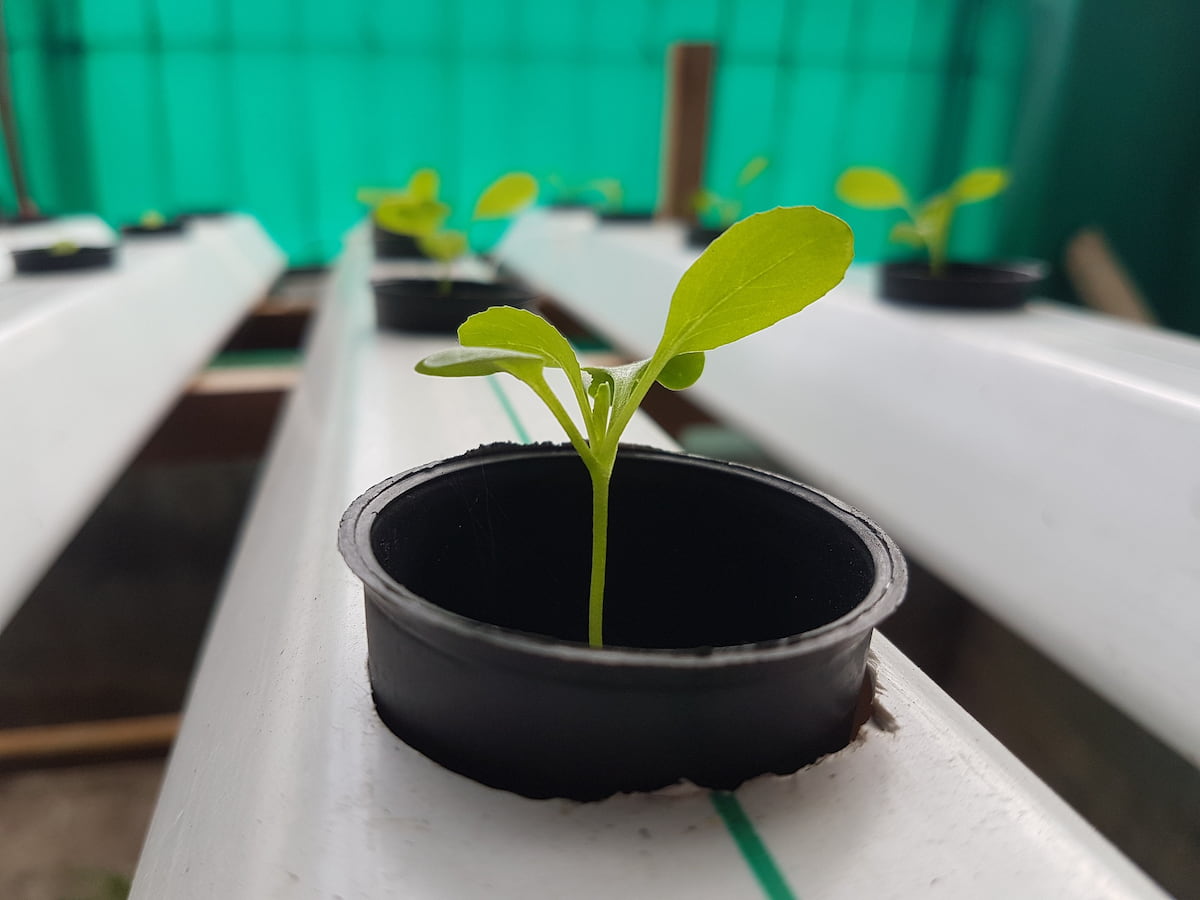
How to start hydroponic farming in Switzerland
What is hydroponic farming?
Hydroponic farming is a type of agriculture in which plants are grown in water instead of soil. The nutrient-rich water provides the plants with the necessary nutrients and oxygen to grow while filtering out harmful contaminants. This method has several advantages over traditional farming: it is more efficient, environmentally friendly, and less labor-intensive.
The benefits of hydroponic farming include reduced environmental impact and greater crop yields than traditional methods. Indoor systems also allow farmers to cultivate large amounts of plants at one time, which can lead to decreased costs.
How to start a hydroponic farm in Switzerland?
It is a type of agriculture that uses water and organic matter to grow crops without using soil. Hydroponic farming is similar to traditional farming, but the plants are grown in pots or tanks filled with water and nutrient-rich compost. The plants are supplied with fresh water and nutrients through pumps, hoses, or drip lines.
There are many reasons why people might want to start a hydroponic farm. One reason is that hydroponic farming is less labor-intensive than traditional farming. Another reason is that hydroponic farms can be more efficient in fuel use because they require less land for crops. Finally, hydroponic farms can be more environmentally friendly because they don’t require soil or pesticides.
To start a hydroponic farm, you must purchase some equipment. This includes a tank or pot for growing the plants, a pump system, filters, and drip lines. You will also need to purchase some soil amendments (either premade or made from natural ingredients) and fertilizers (either premade or made from natural ingredients). Once you have all the necessary equipment, you can begin planting your seeds!
Are hydroponic farms profitable in Switzerland?
Hydroponic farming is becoming increasingly popular in Switzerland due to its environmental and economic benefits. Hydroponic farms produce food without soil, which can be a major plus for sustainability. The crops are usually placed in domes or net pots and receive nutrients and water through a system of pumps. In addition, hydroponic farms can be profitable if they have access to cheap electricity and good crop yields.
In case you missed it: How to Start Sheep Farming in Switzerland: Business Plan, Breeds, Management, Cost, and Profits
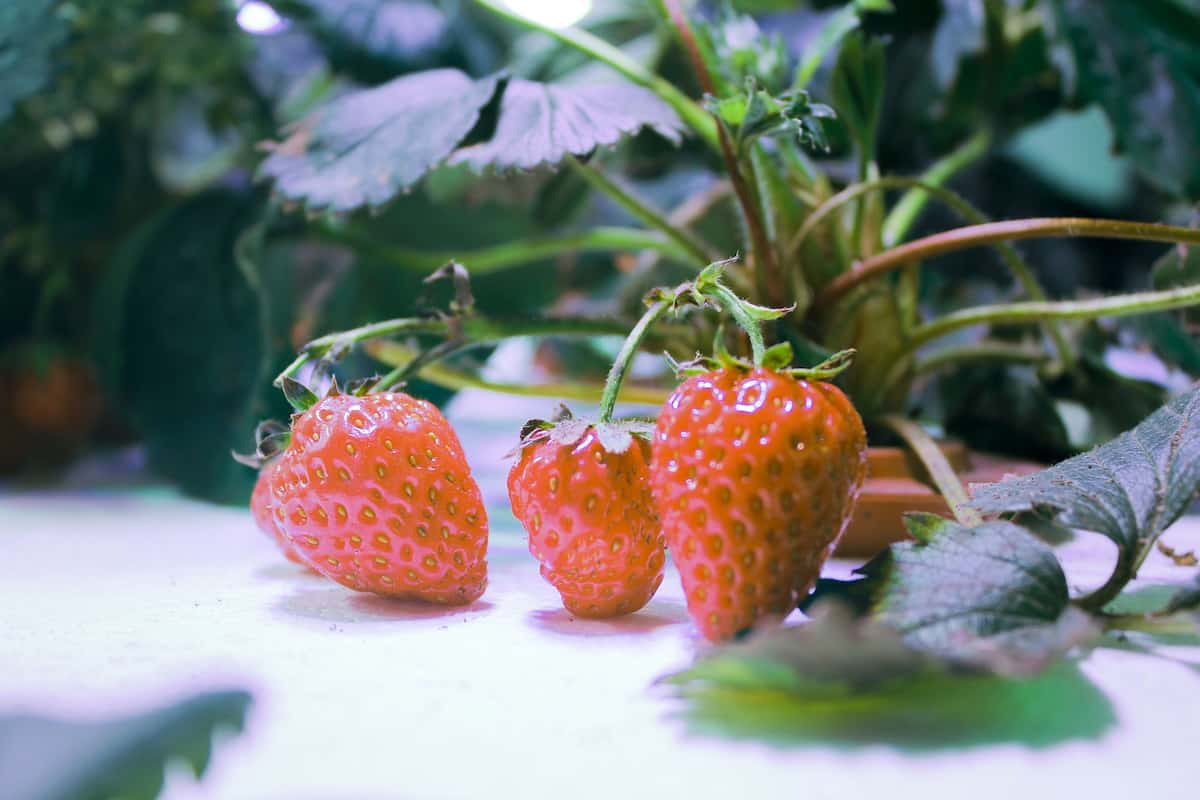
How to start and set up your hydroponic farming in Switzerland?
Hydroponic farming is a new way to produce vegetables and fruits without soil. Instead, plants are grown in water, and nutrients are delivered through overhead irrigation systems. First and foremost, always ensure that your hydroponic system is properly installed and maintained. Additionally, follow each crop type’s recommended planting times and frequencies to optimize yields. Lastly, track your water usage and adjust your irrigation to maintain optimal plant health.
- Choose the right system: Many different types of systems are available, so you’ll need to decide which is best for your garden. Some common types of systems include vertical hydroponics, pot-on-stand hydroponics, and large-scale aquaponics.
- Invest in the necessary equipment: You’ll need basic equipment to start growing plants in a hydroponic system, including a pump, tubing, buckets, filters, and bubblers.
- Get started: Once you’ve bought the necessary equipment and assembled it in your garden, you’ll need to start planting! Start by choosing plants compatible with your system and will do well in a hydroponic environment.
What are the benefits of hydroponic farming?
- Hydroponic farms use relatively small amounts of land, making them ideal for urban areas.
- Hydroponic farms require less water than traditional farms, meaning they are environmentally friendly.
- Hydroponic farming is more productive than traditional farming methods, allowing farmers to produce more food with the same resources.
- Hydroponic plants are typically resistant to pests and disease, making them a good option for growers who want to avoid chemicals and other harmful substances.
- Hydroponic plants are often extremely fragrant, making them perfect for perfume or fragrance production.
- Some hydroponic crops can be eaten as food, such as leafy greens and strawberries, making them a healthy option for consumers who care about their diet.
- One of the main benefits of hydroponic farming is that it uses less land than traditional farming methods.
- Additionally, hydroponic farms can be located in areas that are difficult to access or have limited resources, such as underdeveloped parts of the world.
- Another benefit of hydroponic farming is that it is more reliable and efficient than traditional agriculture. With hydroponics, farmers can produce a large amount of food using a smaller amount of land and fewer resources.
- Additionally, hydroponic farms are more environmentally friendly than traditional agriculture because they do not require pesticides or other harmful chemicals.
In case you missed it: How to Start Rabbit Farming in Switzerland: Breeds, Loan, Subsidy, Requirements, Cost, Profit, and Management
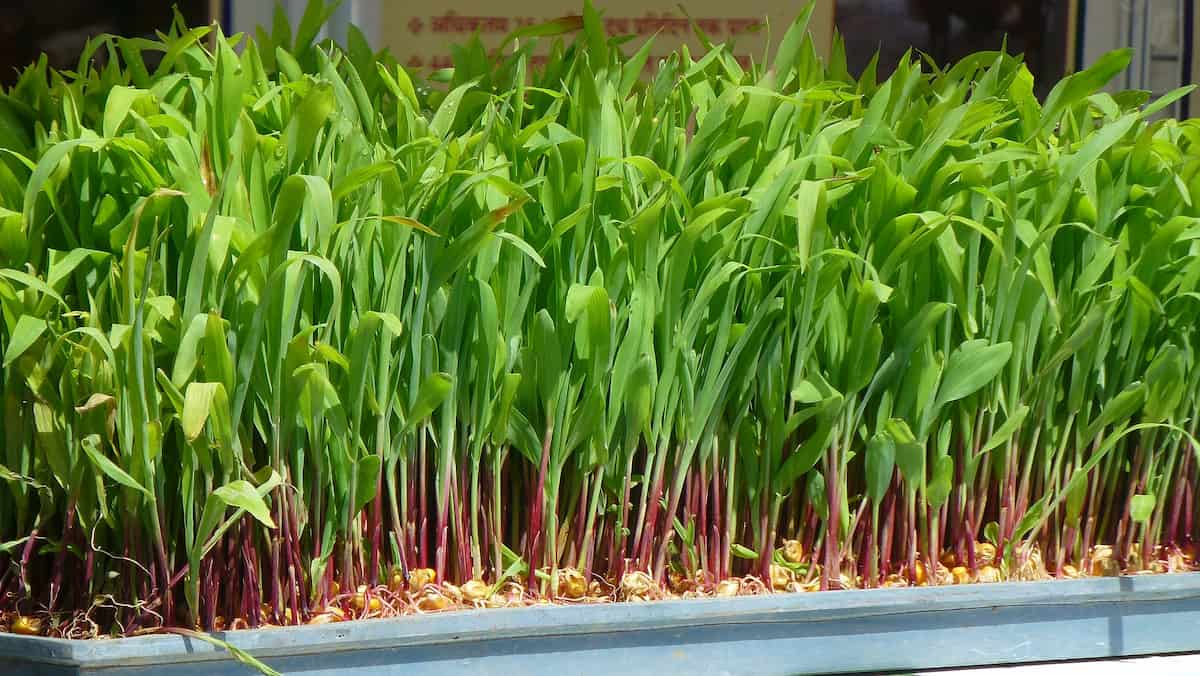
Commercial hydroponic farming in Switzerland
Commercial hydroponic farming in Switzerland is a relatively new and rapidly growing industry. The Switzerland region has many advantages for this type of agriculture, including long, sunny days, ample sunlight, and water availability. Hydroponic farming is also more efficient than traditional agriculture because it uses less land and resources. The main advantage of commercial hydroponic farming is that it allows farmers to produce crops using less land and water than traditional agriculture.
This is particularly important in areas where there is limited land available or water resources are scarce. Hydroponic farmers receive loans and subsidies to help them start their businesses. These support schemes make starting up a hydroponic farm easier and can be very affordable. The Dutch government is also keen to promote hydroponic farming, as it is more sustainable than traditional farming methods.
Hydroponic farming business plan in Switzerland
Switzerland is a great place to start a hydroponic farming business. With its temperate climate and ample sunlight, this region is perfect for growing produce using hydroponics. To get started, you’ll need to invest in some equipment. A good starter kit includes a water pump, a reservoir, grow light fixtures, and an irrigation system. Once your equipment is set up, it’s time to start growing your crops.
- Research your market – There is no one-size-fits-all answer to this question, as the best way to grow your business will vary depending on the specific local market conditions and preferences. However, assessing what types of crops and products people in your area are buying and selling can give you a good idea of where to start.
- Get licensed and insured – It’s important to have the appropriate licenses and insurance coverage before starting in the hydroponic farming industry – not only because it ensures compliance with applicable regulations.
- Build a strong team – A successful hydroponic farming business requires a team of experienced professionals who can work together efficiently to meet customer needs and deliver high-quality products.
- Choose the right equipment – To be successful with hydroponic farming, you’ll need access to top-of-the-line equipment, including water pumps, irrigation systems, temperature regulators, light fixtures, and more.
- Plan your cultivation area carefully – Hydroponic farmers typically cultivate plants in large enclosed containers or “tanks” that allow for greater control over environmental conditions such as humidity and irrigation levels than traditional field methods allow.
- Implement consistent cultivation practices – Switzerland has a subsidy program that provides financial assistance to businesses that install hydroponic systems as their primary agricultural production method.
In case you missed it: How to Start Poultry Farming in Switzerland: Business Plan, Breeds, Cost, Profit, Loans, Subsidy, and Management
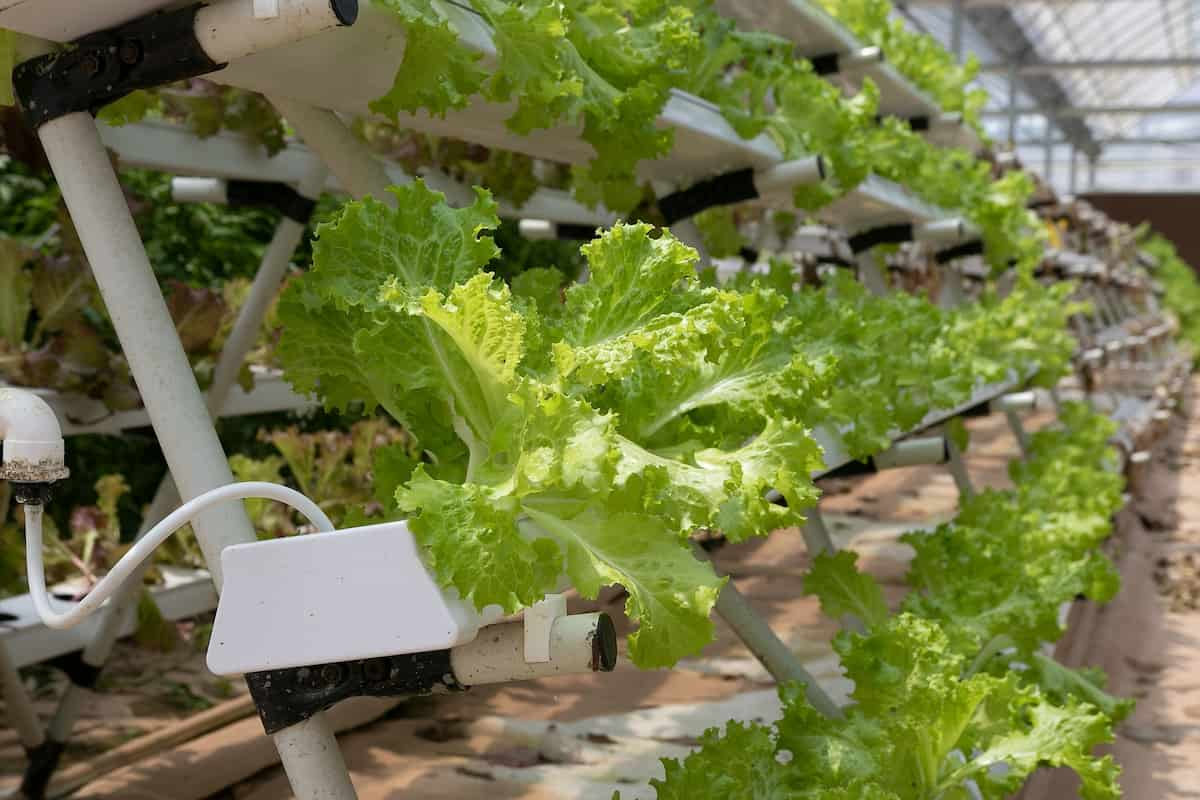
Hydroponic farming problems in Switzerland
- Hydroponic farming is a growing industry that promises to improve the quality of food produced on a small scale. However, in some cases, it has caused environmental problems in Switzerland.
- One problem with hydroponic farming is that it requires a lot of water. It uses more water than traditional farming methods. This means there is a risk that the water resources in Switzerland will run out if this type of farming continues to grow.
- Another problem with hydroponic farming is that it can produce poor-quality food. In some cases, the plants grown in hydroponic gardens cannot photosynthesize effectively, so they produce less food than plants grown in soil.
- Finally, hydroponic farms can also cause environmental damage by releasing nutrients and pollutants into the surrounding environment. This can make it difficult for other plants to grow and damage habitats such as lakes and rivers.
Crops suitable for hydroponics in Switzerland
Some common hydroponic crops include Tomatoes, Cucumbers, Peppers, Lettuce, Herbs, and flowers. Hydroponic systems are compact and efficient, requiring less space than traditional farming methods. Several types of hydroponics systems are available, including soil-less and nutrient-dense systems.
Key rules to start hydroponic farming in Switzerland
- Choose a site with good soil conditions. A well-drained area with high organic content is ideal for hydroponic farming.
- Create your reservoir using PVC pipes and a pump. The reservoirs should be at least 50 gallons in size to accommodate your needs.
- Install drip lines throughout the planting area to distribute water evenly to your plants. Use a timer to ensure that each plant receives the same water.
- Use inert materials such as gravel or clay in the reservoir to reduce contamination and improve drainage.
Hydroponic farm set-up cost in Switzerland
To set up a hydroponic farm, you will need a greenhouse, water reservoir, nutrient solution (either organic or inorganic), irrigation system, and drainage system. Setting up a hydroponic farm can range from CHF 10,000 to CHF 50,000.
In case you missed it: How to Start Shrimp Farming in Switzerland: Key Rules, Business Plan, Loan, Subsidy, Cost, and Profit
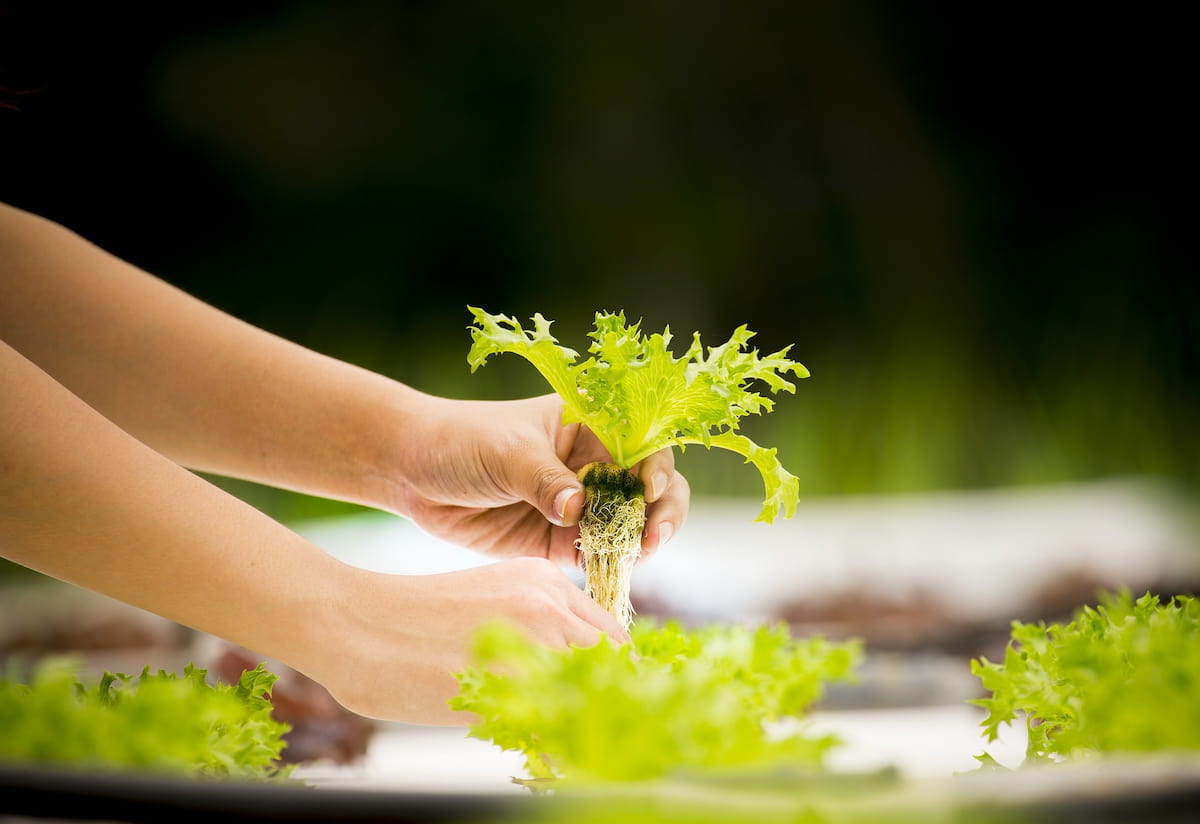
Different types of hydroponic systems in Switzerland
- A recirculating hydroponic system recycles water constantly throughout the growth process, creating less waste and reducing the need for chemical inputs. This system is often used in greenhouses because it allows for fast growth and consistent yields.
- A drip irrigation system is more efficient and delivers water directly to the plant roots, providing consistent levels of moisture and nutrients without overloading the soil. Drip irrigation is popular in dry climates because it’s less expensive than sprinkler systems and doesn’t require as much maintenance.
- An ebb and flow hydro-system use a dam or other obstruction to control the level of water flowing into or out of a tank. The water level in the tank fluctuates according to plant needs, giving them constant access to water but also preventing them from becoming inundated during periods of high rainfall. Ebb and flow systems are popular in areas with unreliable groundwater supplies or mountainous terrain, making traditional irrigation difficult or impossible.
- Aeroponics is a type of hydroponic farming that relies on the circulation of air rather than water. Aeroponics systems spray the plants with water droplets drawn up by a fan into a reservoir above the plants. This fast and efficient method makes it ideal for large-scale cultivation applications.
- The next most common type of hydroponic system is the DWC (dynamic water circulation) system. This type of garden uses pumps and filters to circulate water through the roots of the plants constantly. This keeps them evenly moist and prevents them from becoming saturated with water, which can cause root rot. DWC systems are more complex than soilless container gardens. Still, they allow you to more finely control your plants’ environment and produce higher-quality fruit and vegetables than traditional gardening methods do.
Choose the right hydroponics media in Switzerland
One common type of hydroponic media is organic matter, such as manure, compost, or bark. However, organic matter can be expensive to purchase and manage, and it’s often difficult to find a suitable location in a hydroponic system. Other popular types of hydroponic media include rock wool, made from wool or cotton fibres, and gravel, made from crushed granite or other similar stones. However, Rockwool and gravel are both heavyweights and require a lot of space to fill up in a hydroponic system, so they’re not ideal for small gardens.
A third media type is activated carbon fiber mats, also known as coconut fiber mats or sponges. These mats are lightweight and can quickly fill with water, making them ideal for smaller gardens. Activated carbon fiber mats also can absorb large amounts of pollutants and toxins from the water column, making them particularly useful for hydroponic systems used to grow vegetables that are sensitive to pesticides or other chemicals.
In case you missed it: How to Start Fish Farming in Switzerland: Key Rules, Business Plan, Cost, Profit, and Management
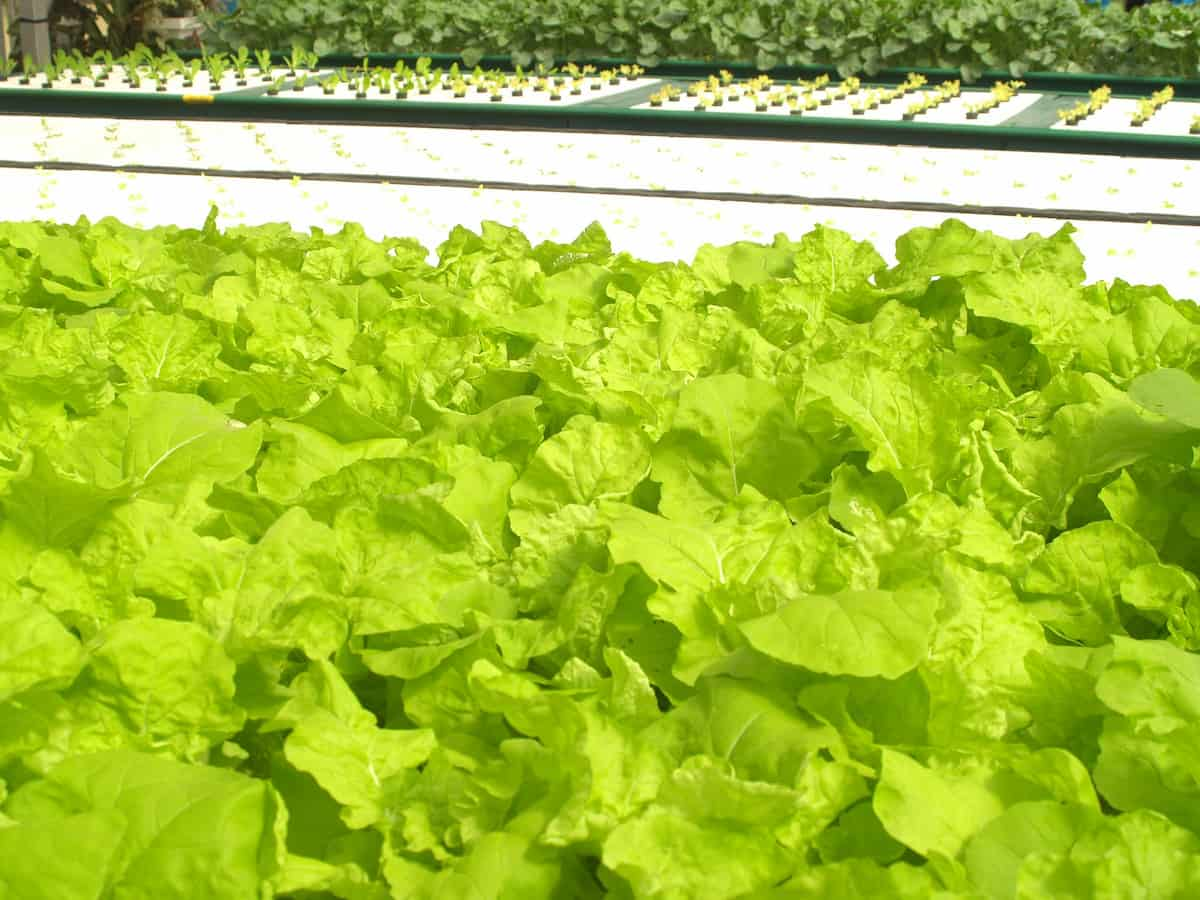
Maintenance tips for a hydroponic system
- Regularly check the water levels in your hydroponic system and adjust as necessary. Overfilling can lead to root rot or a build-up of salts that can damage plants.
- Check your pH levels regularly and adjust as needed. Too low of a pH level can cause toxicity, while an excessive level can also be corrosive to metal components in your system.
- Maintain a regular water flow through your hydroponic system by adjusting the irrigation timer or faucet schedule. High flow rates can help wash away excess fertilizers and contaminants, while low flows may result in less vigorous plant growth.
- Monitor the temperature of your hydroponic system closely; too high temperatures can lead to plant scorch or leaf browning, while too low temperatures can stunt plant growth and even cause premature seedling mortality. Adjust climate control settings as necessary to maintain optimum conditions for your crops.
- You need to select a place for your garden that has good sunlight and adequate ventilation. Next, you must prepare the soil by adding organic matter and fertilizer. You can also add microorganisms to help break down nutrients in the soil.
- Once the soil is ready, you can set up your hydroponic system. This will involve installing tubing and pump systems into the ground so that you can feed water to your plants. You will also need to buy seeds or cuttings of appropriate plants and install them into cups or modules made for hydroponics.
Hydroponic farming challenges in Switzerland
Hydroponic farms use artificial light to grow crops without the use of soil. However, because hydroponics relies on water and energy to sustain growth, it can be challenging to maintain a successful hydroponic farm. One major challenge is maintaining efficient water use. When plants are grown in soil, they take up nutrients from the soil and release water as they transpire (breath). This process allows the plant to stay moist and healthy.
In hydroponics, however, the plant roots are confined to a small area which can lead to over-watering and nutrient deficiency. Additionally, because hydroponic crops do not have to compete with other plants for resources like sunlight, they can often become stunted or even die due to lack of sunlight.
Another common challenge faced by hydroponic farmers is pests and diseases. Because hydroponic crops are exposed to fewer environmental stresses than traditional agriculture, pests and diseases have difficulty adapting or spreading easily. As a result, many farmers turn to sustainable practices such as organic farming or Integrated Pest Management (IPM) to minimize these challenges and increase yields.
Conclusion
Hydroponic farming is becoming more popular in Switzerland because of the country’s dry climate. It can be done using either a traditional hydroponic system, in which the water and nutrients are delivered to the plants via pipes, or an indoor growing system, in which the plants grow directly inside a water container.
- How to Build a Low-budget Goat Shed: Cheap Ideas and Tips
- Goat Farming Training Programs in India: A Beginner’s Guide
- Types of Pesticides Used in Agriculture: A Beginner’s Guide
- Economical Aquaculture: A Guide to Low-Budget Fish Farming
- 15 Common Planting Errors That Can Doom Your Fruit Trees
- How to Make Houseplants Bushy: Effective Tips and Ideas
- Innovative Strategies for Boosting Coconut Pollination and Yield
- Pollination Strategies for Maximum Pumpkin Yield
- The Complete Guide to Chicken Fattening: Strategies for Maximum Growth
- Natural Solutions for Tulip Problems: 100% Effective Remedies for Leaf and Bulb-Related Issues
- Revolutionizing Citrus Preservation: Towards a Healthier, Greener Future
- Natural Solutions for Peony Leaf and Flower Problems: 100% Effective Remedies
- Maximizing Profits with Avocado Contract Farming in India: A Comprehensive Guide
- Natural Solutions for Hydrangea Problems: 100% Effective Remedies for Leaf and Flowers
- The Ultimate Guide to Choosing the Perfect Foliage Friend: Bringing Life Indoors
- From Sunlight to Sustainability: 15 Ways to Use Solar Technology in Agriculture
- The Ultimate Guide to Dong Tao Chicken: Exploring from History to Raising
- The Eco-Friendly Makeover: How to Convert Your Unused Swimming Pool into a Fish Pond
- Mastering the Art of Delaware Chicken Farming: Essentials for Healthy Backyard Flocks
- 20 Best Homemade Fertilizers for Money Plant: DIY Recipes and Application Methods
- How to Craft a Comprehensive Free-Range Chicken Farming Business Plan
- Brighten Your Flock: Raising Easter Egger Chickens for Beauty and Bounty
- How to Optimize Your Poultry Egg Farm Business Plan with These Strategies
- Subsidy for Spirulina Cultivation: How Indian Government Schemes Encouraging Spirulina Farmers
- Ultimate Guide to Raising Dominique Chickens: Breeding, Feeding, Egg-Production, and Care
- Mastering the Art of Raising Jersey Giant Chickens: Care, Feeding, and More
- Ultimate Guide to Raising Legbar Chickens: Breeding, Farming Practices, Diet, Egg-Production
- How to Raise Welsummer Chickens: A Comprehensive Guide for Beginners
- How to Protect Indoor Plants in Winter: A Comprehensive Guide
- Ultimate Guide to Grow Bag Gardening: Tips, Tricks, and Planting Ideas for Urban Gardeners
- Guide to Lotus Cultivation: How to Propagate, Plant, Grow, Care, Cost, and Profit
- Agriculture Drone Subsidy Scheme: Government Kisan Subsidy, License, and How to Apply Online
- Ultimate Guide to Raising Araucana Chickens: Breed Profile, Farming Economics, Diet, and Care
- Bringing Hydroponics to Classroom: Importance, Benefits of Learning for School Students
- Ultimate Guide to Raising Polish Chickens: Breed Profile, Farming Economics, Diet, and Care
- Ultimate Guide to Raising Australorp Chickens: Profile, Farming Economics, Egg Production, Diet, and Care